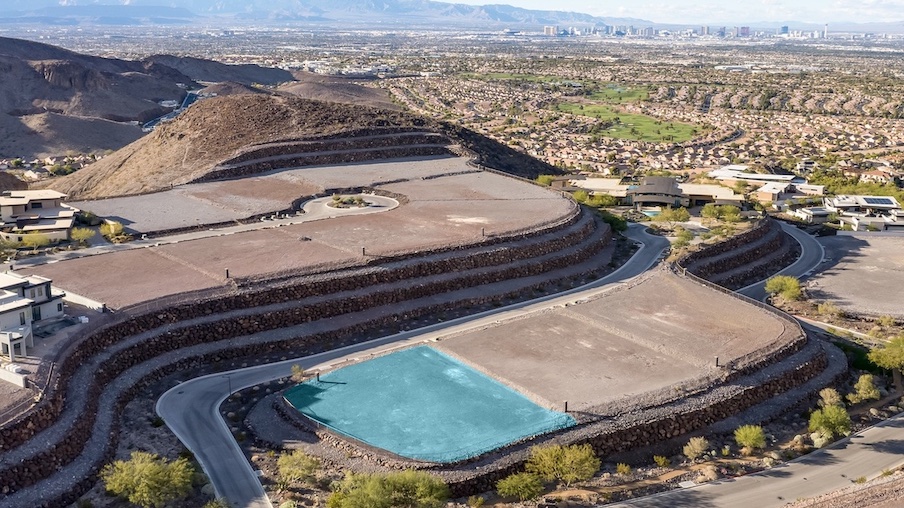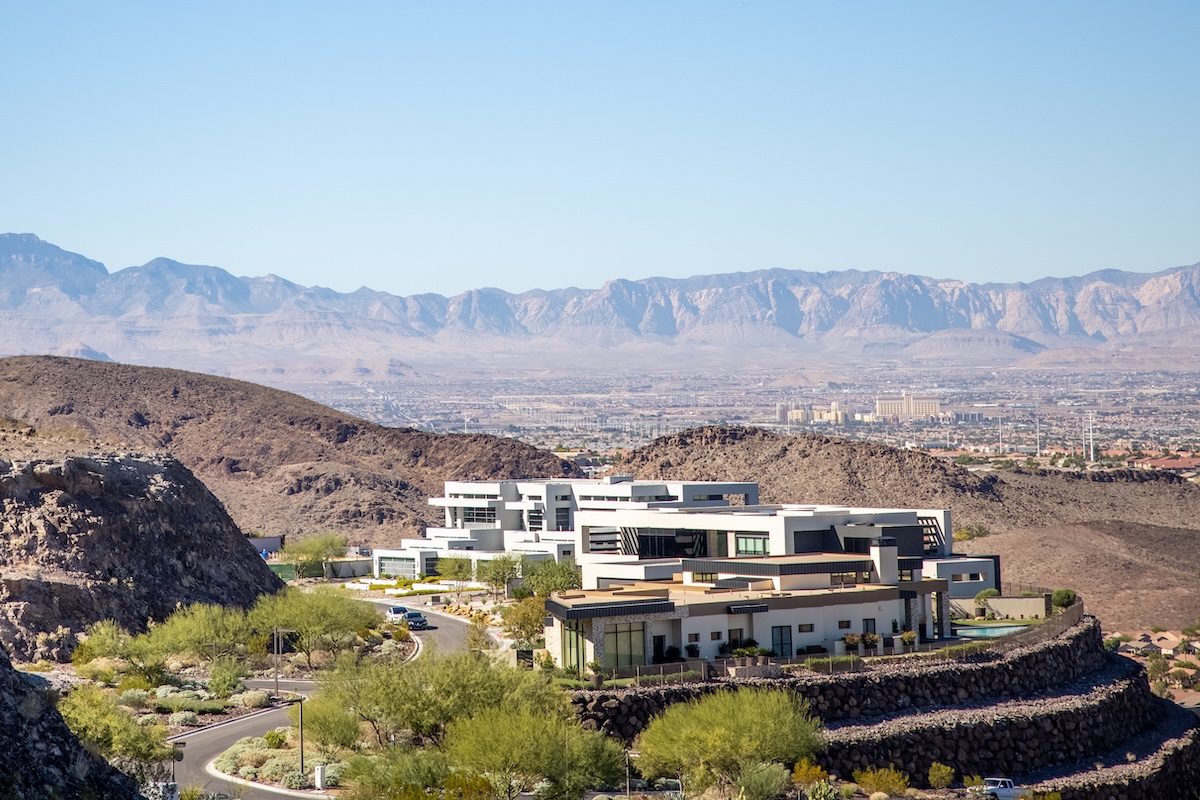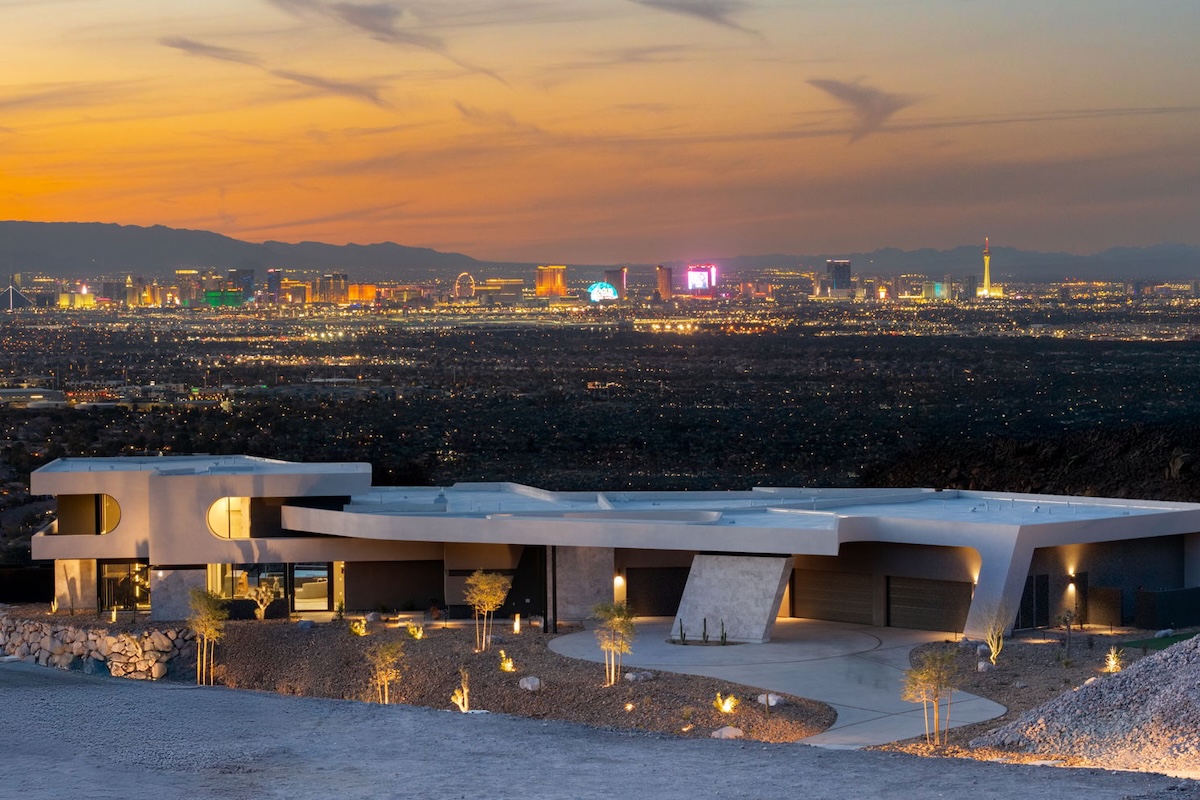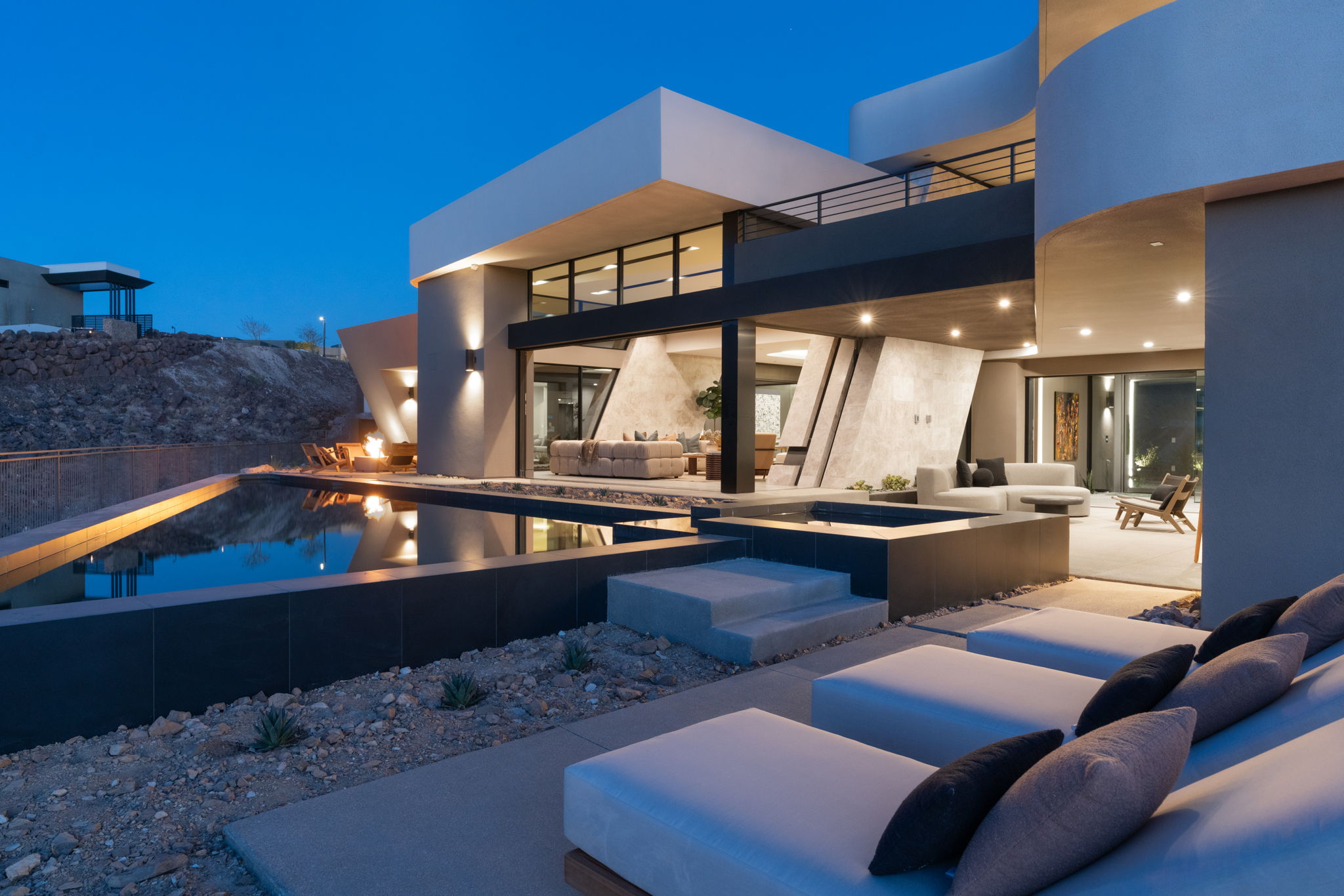In case there was any doubt, it’s back. The real estate market in the Las Vegas Valley has seen explosive growth the past two years, creeping toward its pre-recession boom from 2005 to 2007, according to Las Vegas housing experts and real estate agents in the valley.
While the addition of more than 100,000 residents since 2016 and three professional sports teams has certainly had a positive role in helping the market, those in the industry claim our local growth is — as it has almost always been — thanks to Vegas’ booming economy. Its progression, compounded with the typical Las Vegas investment mindset of risk and optimism, helped prop housing values up to 10-year highs in May, said Brian Gordon of Las Vegas economic research firm Applied Analysis.
“We’re seeing pretty healthy levels of sales activity and we’re not seeing as much distressed activity in the resale market,” Gordon said. “The market is now dominated by traditional or equity sellers, with fewer short sales, REO sales and auction sales.”
Fewer than 900 condos, 800 single-family residences and 60 high-rise apartments are available in the Las Vegas Valley for less than $250,000, often seen as the entry-level price range for couples or small families looking for their first home, according to Forrest Barbee, Equity Title of Nevada researcher and broker.
The healthy market and increased demand for housing, especially affordable housing that is less than $300,000, has created its own set of challenges for homebuyers in Southern Nevada. Gordon in June described the state of our area as a textbook “seller’s market,” in which a low supply of available homes drove prices up and away from the many eager buyers looking to purchase a home here. But a slight dropoff in median prices for June and July showed that Las Vegas’ market is becoming more seasonal, typical of markets in metropolitan cities, Barbee said. As many families use vacation time to travel during summer months, that season is typically among the slower times of the year for housing sales.
“The seasonality also shows Las Vegas isn’t as transient as it used to be,” Barbee explained. “More people are being born and raised here, going to school and looking for jobs here. It’s not just people dropping in for a few years to work at a casino, make some money and leave.”
Chris Bishop heads the 14,000-member Greater Las Vegas Association of Realtors, having accepted the presidency this year after 14 years as an agent in the Valley. Bishop said median home prices in Southern Nevada climbed by an average of $5,000 per month from last December to May to reach an 11-year high of about $295,000 in May. With thousands of people per month moving into the Valley from higher-priced areas across California and some parts of Arizona and Utah, Bishop said growth in the Southern Nevada housing market has been across all categories, from more affordable homes to the $1 million-plus estates in the luxury market.






